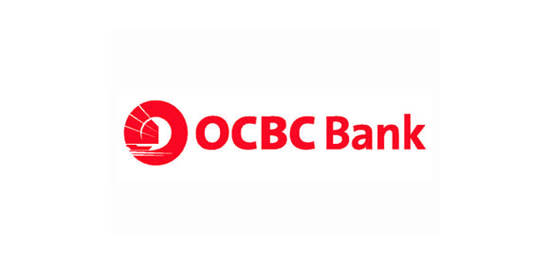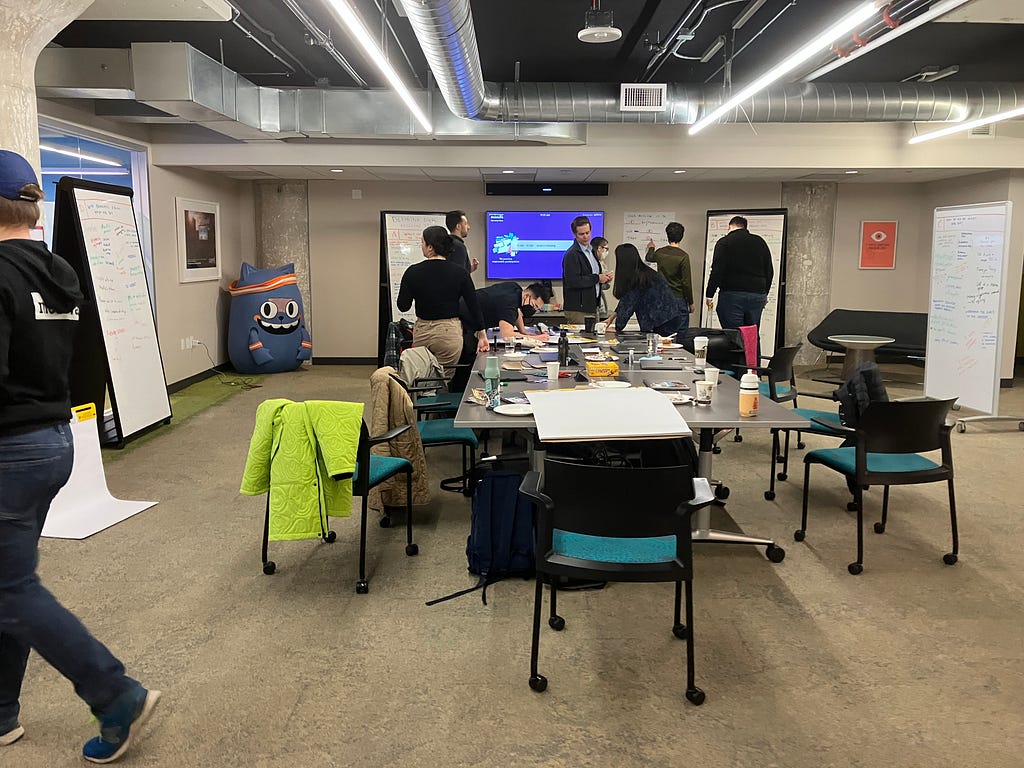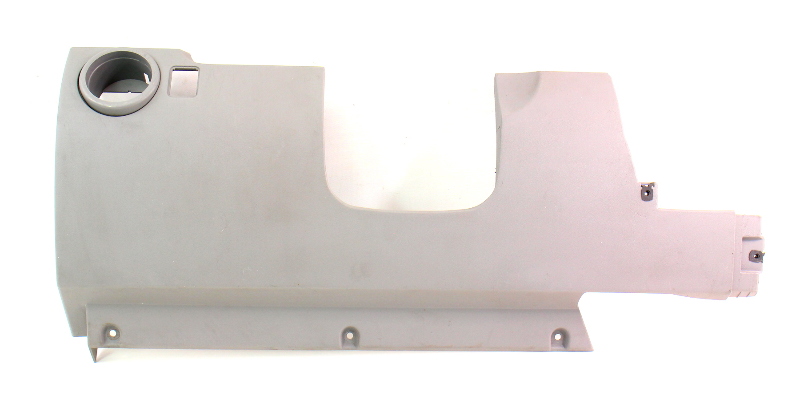For our October meeting, we simply asked several Austin-based techpubs teams to review the DITA Maturity Model and to think ahead of time about how you would position your own DITA efforts:
Where do you think your team is in the adoption ladder?
Where do you want to be?
The DITA Maturity Model: A Stepwise Approach to Enterprise Content
-
Level 1: Topics
-
Level 2: Scalable Reuse
-
Level 3: Specialization and Customization
-
Level 4: Automation and Integration
-
Level 5: Semantics-on Demand
-
Level 6: Universal Semantic Ecosystem
The links to the paper are available either as PDF or HTML:
- http://na.justsystems.com/files/Whitepaper-DITA_MM.pdf
- http://dita.xml.org/wiki/introduction-to-the-maturity–model
Here are my notes from the session – feel free to ask questions in the comments! Such a useful session – afterwards I thought “This session is exactly what user groups are made for.”
Lisa Dyer – Lombardi
2005 adoption
1.0 DITA spec
Level 4-5 currently
Wiki system and wiki output
Goal – dynamic personalization
Personalized content view on the wiki – what version, what release name
the users can use custom RSS feeds to “listen” to changes on that content.
Sets a sortID for each wiki page based on ordering of the DITA map which allows for TOC ordering on the wiki page.
Q: Audience for the wiki? A: Behind the firewall development wiki, also support login ID only wiki, external wiki has “warrantied” content plus another space for “community-generated” content.
When migrating, they put everything into Concept DTD, then put it into Perforce (didn’t get “where used” until went to CMS).
But CMS might slow you down. Analysis into paralasys – metadata schemes, “if we spend all this money we need to do it right the first time” pressure.
Mike Austin – Freescale
3 reps – 3 different business groups
started DITA process late 2004
Spread out across first 3 levels
Want structural mechanisms to make it easy to do right, but difficult to do wrong (don’t want artifacts left behind that clutter up views).
There are good political reasons for starting with a CMS if other teams are using it and want tools for finding the content they want.
Q: Does size of team make a difference or location?
A: Mixed… may depend on culture too. But definitely needed help on DITA maps, but Subversion doesn’t lock files it just tries to reconcile differences. Also, how well do you know target deliverables?
Colleen Reilly – Borland
Writer, has been there a year
March 2008, started implementing DITA
All of level 2 – but she doesn’t do level 3, but does do parts of level 4
Three products
Converted a user’s guide – – OEM to BMC Software – started out as FrameMaker files that went to RoboHelp, and another set of Framemaker
files and RH files for BMC templates. Plus translated to German and Japanese. BMC OEMed product is not quite the same as the Borland delivery – so variables helped immensely. Plus conditional text for a certain functionality that was only available in the Borland version. From four sources, back down to single source.
Structure of the document was more challenging.
Reuse – one file with all conrefs, all product names in that file
one file for the whole deliverable – common notes, common commands, plus even four steps at a time, commented heavily to let other writers know where to find content, plus other writers can find it if needed.
Several DITA maps – book DITA map, plus maps for each chapter.
Getting Started guide is 60 topics
API reference guide is 2117 topics
She is able to re-use content.
Q: How do you make sure all your topics are in the DITA map? A: She uses file datestamps to verify – and always adds new topics to the DITA map right away. Noreen looks for a red X in the CMS, but found that even if it’s used in the reltable it is seen as “used” in the CMS.
Sally Derrick – Borland
Director of info dev services (tools group)
2.5, smatterings in level 4
Started in April 2007 – with a homegrown XML system
Converted
First specialization – glossary
Also since translate to Japanese, enabled See and See Also
Enabled cross-project linking for Eclipse help
2600 topics, 2100 in one document
Installation guides that are DITA – output to PDF only
Corporate glossary created in DITA
CMS is Subversion, still young at all this since they don’t yet have a lot of cross-product content re-use, but as products become more integrated, will have more re-use.
Q: Did you have “where used” in Subversion? A: Biggest status marker they use is “ready to translate” – Subversion attribute. Manually set everything to “no” then set it back to “yes” after its ready to translate.
Implemented context ids for context-sensitive help.
Sally has a t-shirt that says “I don’t nag, I’m a motivational speaker.”
Each team has a lead writer, 3 leads help make decisions.
Sally also manages translation managers – 3 vendors from around the world. XML translations are much better for translation memory, etc. Trados from SDL is one manager’s fav tool, other managers use different tools. Any good translation vendor is going to use translation memory – can reuse content that’s already translated. Author assistant tools may find reuseable paragraphs.
Noreen McMahan- Freescale
Works for Bob Beims – core infrastructure system person at Freescale and trainer for DITA
Agile approach – to scheduling projects
Their original goal was Level 1 by July 1 and they made it.
Leads came up with goals and requirements for achieving Level 1
Proceeded in 2-week sprints
Specializing conditional processing, feature based, structural domain specializations.
XML editor customization, Serna plugin lets it talk to Dakota CMS
One map type to get different output
Check errata content specializations
Plus semiconductor information for register specification for XML formats during design phase.
Also aligning metadata strategy with design source systems and repositories.
Wondering how the CMS could integrate with the web?
Also specializations for semantic tagging motivation.
Domain specializations, metadata strategy
Versioning, CMS another speciality
Integrating Open Toolkit with a widget that now works smoothly
She’s the internal trainer – uses the system and XML editor – giving feature requests.
Level 3 by Christmas
Tom Gihack- Freescale
Last business group to come to the DITA party
Consuming level 3 products from other groups – about to make bigger progress.
Half DITA, half FrameMaker implementation
Q: When you have a preponderance of information legacy vs. when you have DITA – which level can you achieve? Seems like you can get all the levels without DITA?
A: Levels of the model that make it easier to acheive with DITA – typical use case for Freescale – reference manuals that contain 12-15 chpaters specific to that product only, but 20-80 chapters that comes from all over different design centers. Struggling with the issue of combined legacy output – how can you recombine with a new toolset that uses both? Pipeline that starts with FrameMaker and then combines
p. 15 of white paper talks to the point that all of this is possible without DITA – what DITA offers is … refer to paper
Sally says “Content is driving us through the maturity levels.”
Get as much converted as possible, but only specialize when you run into a need for it.
Role-based presentation of the UI – then wouldn’t role-based help be great to go with the U
Can’t see them going further along maturity model ladder until all the content is converted.
For Lisa two the drivers – findability, implementing enterprise level content strategy (bringing other groups on board). Training group is bailing on instructor-led training, but may be led back to that since on-demand and web-based isn’t getting them the results they want. Really struggling. 80% of the coursework was in the user-doc already.
Siemens PLM at Best Practices conference.
150 information development groups at IBM – delivering right content, right person, right time via the right the channel
Lisa’s – Three years in, have more time to write.
Symantec – 5 years in to topic authoring, more time to write and bring customer feedback into the doc, analyze search requests

















